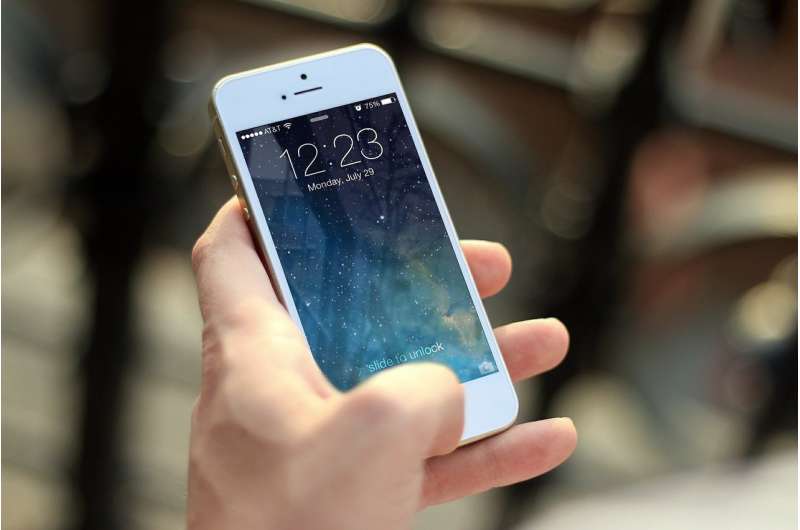Cellphone radiation not hazardous to your health, government scientists say

If you spend a lot of time on your mobile phone, you'll be happy to learn that your habit isn't hazardous to your health, according to a new government safety report.
The findings, released Friday by the National Toxicology Program, reaffirm the agency's previous research.
"The reports don't go much further than what we had reported earlier, and I have not changed the way I use a cellphone," NTP senior scientist John Bucher said in a briefing.
The new evidence is based on experiments with rats and mice that were exposed to radiofrequency radiation for as long as two years. The rodents were bathed in the radiation for 10 minutes at a time, followed by a 10-minute break, for about nine hours a day.
The lowest level of radiation for rats was 1.5 watts per kilogram of body weight, which was equivalent to the maximum amount of exposure allowed for humans, the NTP said. At the high end, rats received 6 watts of radiation per kilogram of body weight.
For mice, exposures ranged from 2.5 to 10 watts per kilogram of body weight.
On the whole, the mice weathered the radiation just fine, with "little indication of health problems," the NTP said in a statement.
The rats didn't fare quite so well.
Both male and female rats exposed to radiation were more likely to experience cardiomyopathy, a disease that causes damage to heart tissue.
In addition, male rats exposed to the highest levels of radiation had an increased incidence of malignant tumors in the tissue that covers nerves in the heart. These nerve sheath tumors, called schwannomas, were not seen in female rats.
The researchers also reported that rats and mice exposed to radiofrequency radiation developed more tumors in the brain, prostate, liver, pancreas, pituitary gland and adrenal gland. But they said they weren't sure whether the radiation was responsible.
Among non-cancer risks, rat pups had lower birth weights when their mothers were exposed to high levels of radiation during pregnancy and while they were nursing. However, the rats ultimately grew to normal size.
Strikingly, the rats exposed to radiation lived longer than rats in an unexposed group that served as controls.
The researchers were at a loss to explain this. Perhaps the radiation reduces inflammation, as is seen in a therapy called microwave diathermy, they said. Or it could just be chance.
"It's a complicated situation here," Bucher said in the briefing. "We're seeing both positive and negative effects in these animals."
Bucher also cautioned that the mice and rats in the study were exposed to far more radiation than humans experience through normal mobile phone use. "So, these findings should not be directly extrapolated to human cellphone usage," he said in the statement.
The experiments used the type of radiation emitted by 2G and 3G networks that handle voice calls and text messages in the U.S. NTP researchers did not test the newer 4G, 4G-LTE and 5G networks used for more data-intensive functions like video streaming.
The report will be reviewed by a panel of outside experts in late March. Independent scientists were critical of claims in a previous NTP study that linked cellphone radiation with tumor risk in the hearts and possibly brains of male rats.
The Food and Drug Administration asked the National Toxicology Program to study the potential effects of the radiation emitted by cellphones in 1999. Back then, little was known about how the increasingly ubiquitous devices might impact human health.
In the nearly 20 years since that request, hundreds of studies by scientists at the NTP and elsewhere have allowed the FDA to say with confidence that "the current safety limits for cellphone radiation remain acceptable for protecting the public health," Dr. Jeffrey Shuren, director of the FDA's Center for Devices and Radiological Health, said in a statement.
"Even with frequent daily use by the vast majority of adults, we have not seen an increase in events like brain tumors," he added.
The FDA and the Federal Communications Commission share responsibility for regulating radiofrequency-emitting devices like wireless phones and televisions.
The National Toxicology Program is based at the National Institute of Environmental Health Sciences, part of the National Institutes of Health.
©2018 Los Angeles Times
Distributed by Tribune Content Agency, LLC.




















